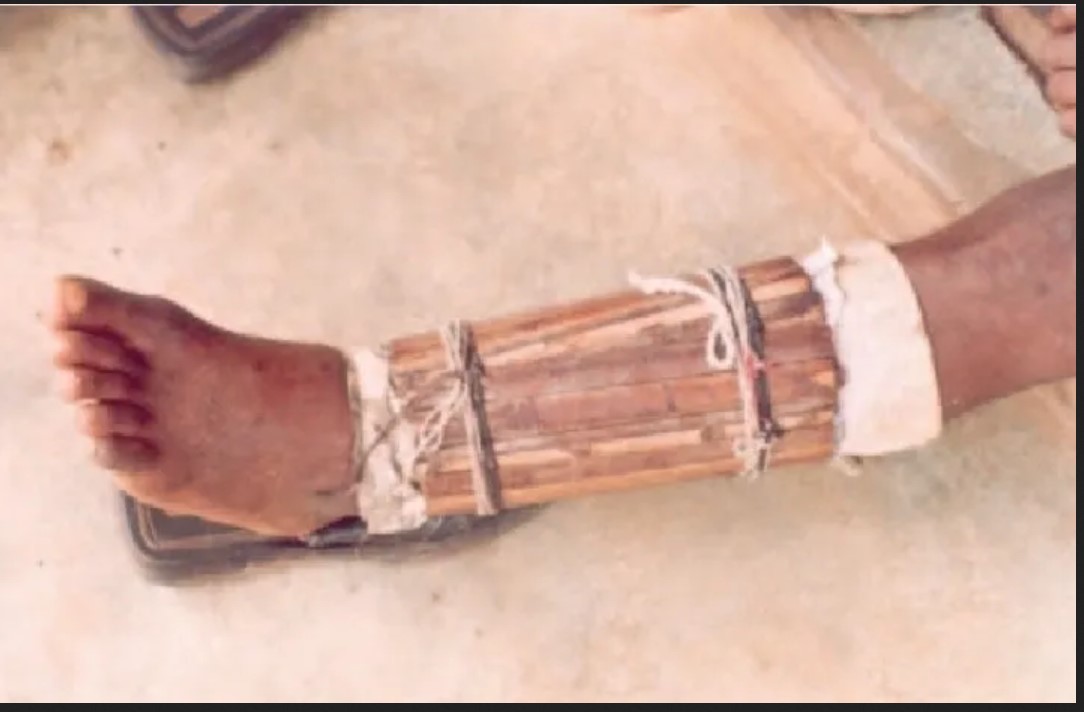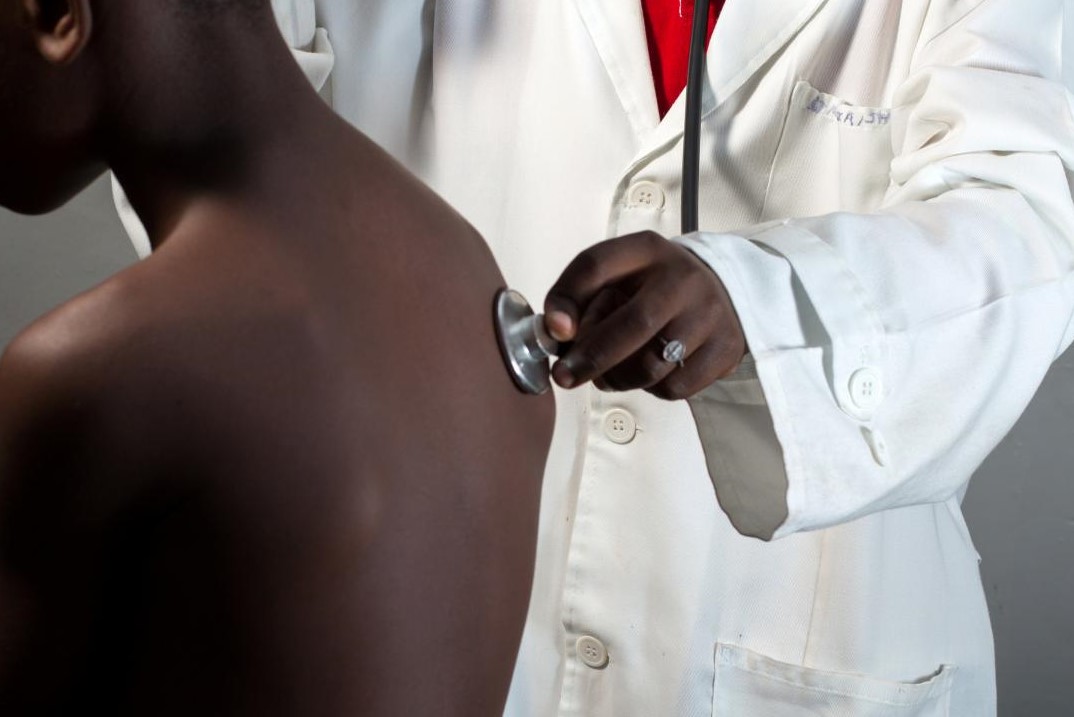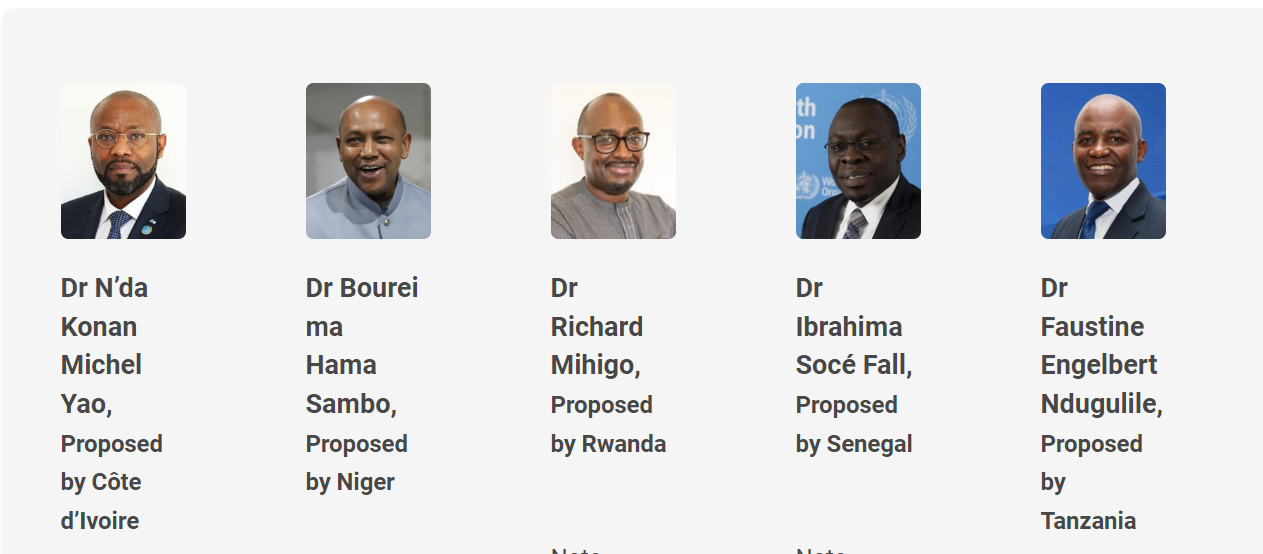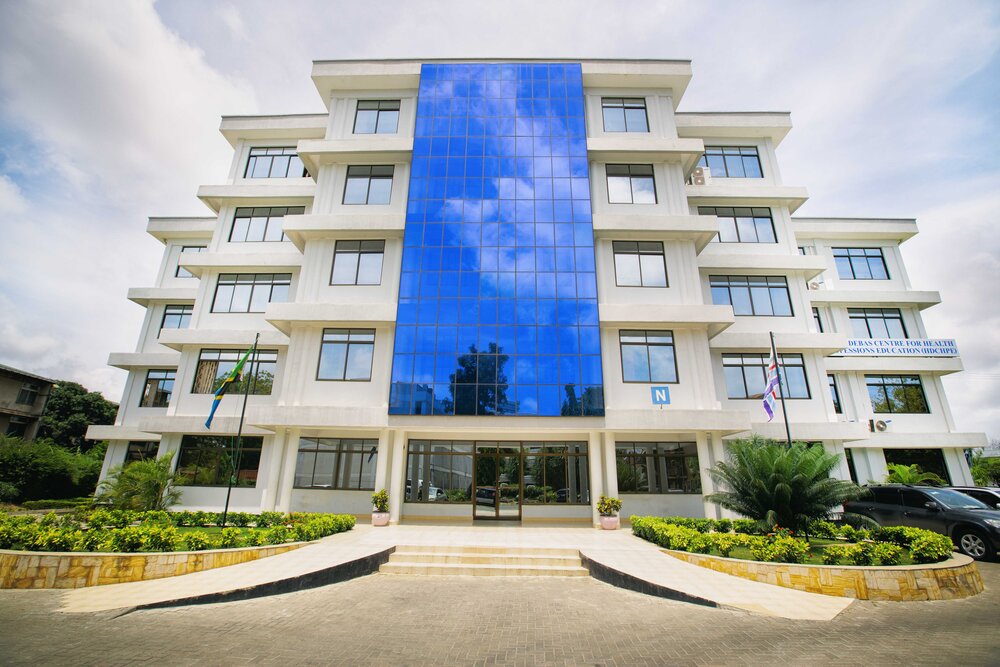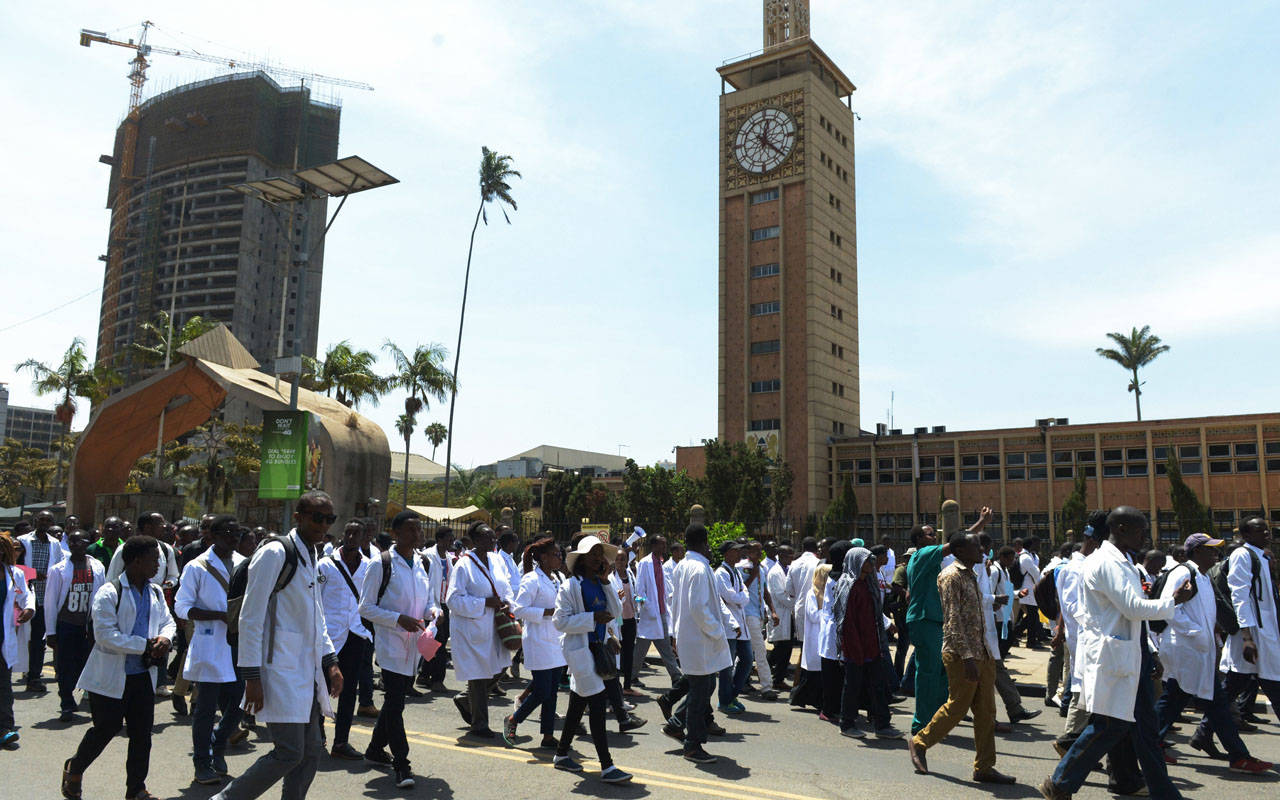Have you ever heard of Traditional Bone Setters? In Tanzania, people in rural and urban areas who sustain injuries,often turn to these practitioners, especially when conventional medical care is hard to access. Traditional Bone Setters use techniques such as manual manipulation and splinting to provide treatment to their patients. But the effectiveness of these services has been a critical question, and the case of one patient from Tanzania whose report was published in International Journal of Surgery Case Reports by an orthopaedic surgeon Dr. Shindo Kilawa and team, epitomises what it takes for a Tanzanian to access effective treatment when they sustain injuries, fractures or dislocations.
The patient in question was a 23-year-old. His life changed suddenly when he got involved in a Motor Traffic crash .Ever since, he developed persistent right hip pain and couldn’t put weight on his right leg, causing him to limp. Instead of going to the hospital to see a doctor right away, he followed the traditional route, where traditional marks were made and rubbed with traditional oils on his affected hip. He laid in bed for two months. The pain did not stop. He could walk with difficulties.
Then, he resolved to go to an orthopaedic clinic. He was awake and seemed okay generally when he arrived, but his body told the story of his injury. He was still limping. The doctors’ evaluation revealed a neglected hip dislocation, his bone tissue had died off due to a lack of blood supply. At the clinic it was suggested that he undergoes a total hip replacement operation, which they explained to him and his parents. However, because of financial challenges, coupled with deep faith in traditional healers, his family chose not to have him undergo the surgery.
The story of the above patient is not an isolated one. Many societies in low and middle incoming countries are still embracing traditional bone setters (TBS). They are the first choice for treating fractures and dislocations, due to cultural beliefs, affordability, accessibility, fear of surgery and strong community influence attracting low-income patients. However, their unscientific methods often lead to several complications. Early hospital intervention by closed reduction under general anesthesia could have prevented the need for a costly total hip replacement (THR).
The risks
Traditional bone setting in Tanzania has no formal training and written principles, which poses the patient at significant limb and life-threatening risks which at times may be handled by medical doctors and orthopaedic surgeons. But at times they fail to rescue the situation.
One of the common dangers of patients treated by TBS is amputation from multiple reasons including application of tight splints and continuous massage with no clear principles on follow up of such patients. These tend to compromise blood supply of the limb resulting into a swollen limb with reduced blood supply and sensation. The most important symptom being increased pain out of proportion. This condition is known as compartment syndrome.
Traditional Bone Setters have no knowledge and acumen for Orthopaedic emergencies and urgencies such a joint dislocation. Patients with these conditions attending to these practitioners often suffer consequences of prolonged illness (deaths, limb loss and being bedridden for years) for injuries which would be treated in few months.
Patients with bone cancers often times delay attending into health care facility as they seek help from TBS who even so don’t offer any help, until patients appreciate increased pain and swelling and present to health care facilities when the swellings have run out of control and often times end up with amputations while limb-sparing treatment options are available such as surgical reconstructions and chemotherapy and radiotherapy in cancer centres. No patient with bone cancers should be attended by TBS in this regard for acceptable results.
Recently the traditional bone setters have been incorporating conventional medical practices such as wound stitching, wound dressing, and intravenous administration of antibiotics by TBS themselves or by liaising with health care workers who they network with for personal gains. Some TBS have established observation rooms and wards to treat patients which is not withing their capacity to do so. Such medical techniques are dangerous if not controlled and often times end up with various complications such as sepsis, antimicrobial resistance and keeping limbs and lives at stake.
Do we need them in the healthcare system?
Someone else might also ask: Can traditional bone setters be eliminated from healthcare system in Tanzania? What should be the viable approach to dealing with them?
From the above discussion it’s obvious that Traditional Bone setters handle a very little portion of simple fractures that would otherwise heal naturally even when not intervened, otherwise any attempts to treat complex fractures and other conditions related to bones and muscles, would result into various complications as mentioned. Traditional bone setting being a 400 -year plus technology is lagging behind various technologies and innovations in the medical industry and should never be perceived as something new or a new innovation. However, the socio-cultural beliefs and economic profiles of societies dictate the type of health care seeking behavior. Weakness of the conventional health care system further fueling patronage for Traditional bone setters.
As explained earlier, traditional medicine is a science, and not an alternative for the poor, illiterates, marginalized and disadvantaged communities. TBS need to have formal training, invest in research and Development (R & D) to improve the care they provide. Some Asian countries have gone further to including Traditional Medicine along with Conventional Medical Practice what is regarded as Medical Pluralism since 1970s.
To sum up, traditional bone setters have been in existence since ancient times, before the development of conventional orthopaedic practice in the world. The practice by TBS in isolation poses a significant number of complications to patients in short term and long term results including limb loss and at times deaths. TBS need to be integrated into conventional orthopaedic practice (Medical Pluralism) by improving their diagnostic skills (X-rays) through identifying fracture patterns and severity they can handle and know their limitations in handling musculoskeletal injuries and afflictions.
The Co-author of this article is Dr. Shindo Kilawa, Medical specialist, Department of Orthopaedic and Traumatology, Muhimbili national Hospital (MNH)-Mloganzila





